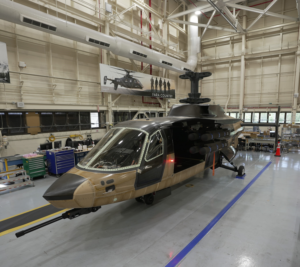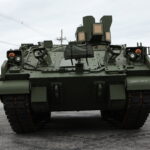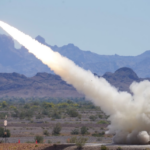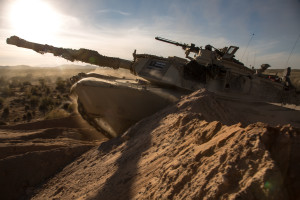
The Connecticut congressional delegation has pushed back on the Army’s decision to cancel its Future Attack Reconnaissance Aircraft (FARA) program, which impacted Sikorsky [LMT], based in their state, as one of the two competitors. In a statement released after the Army’s announcement, Reps. Rosa DeLauro (D-Conn.), John Larson (D-Conn.), Joe Courtney (D-Conn.), Jim Himes (D-Conn.) and Jahana Hayes (D-Conn.) and Sens. Richard Blumenthal (D-Conn.) and Chris Murphy (D-Conn.) said they’re “extremely disappointed” in the move to end development of FARA.…

 By
By 











